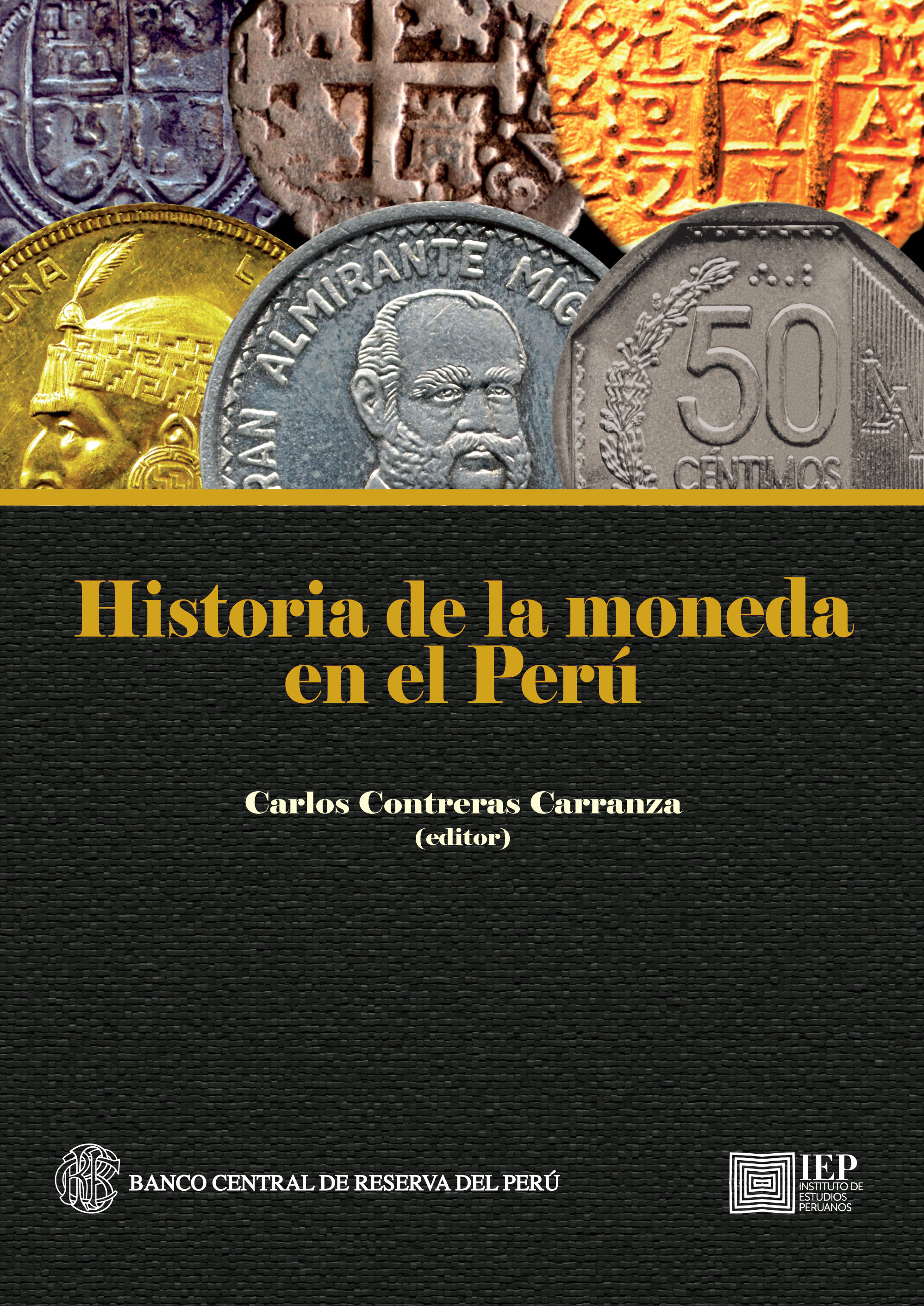Historia De La Moneda | Coins often have images, numerals, or text on them. Maybe you would like to learn more about one of these? They are most often issued by a government. A coin is a small, flat, (usually, depending on the country or value) round piece of metal or plastic used primarily as a medium of exchange or legal tender. Obverse and its opposite, reverse, refer.
Obverse and its opposite, reverse, refer. They are standardized in weight, and produced in large quantities at a mint in order to facilitate trade. A coin is a small, flat, (usually, depending on the country or value) round piece of metal or plastic used primarily as a medium of exchange or legal tender. Check spelling or type a new query. Coins often have images, numerals, or text on them.

Coins often have images, numerals, or text on them. We did not find results for: Obverse and its opposite, reverse, refer. They are most often issued by a government. Check spelling or type a new query. They are standardized in weight, and produced in large quantities at a mint in order to facilitate trade. A coin is a small, flat, (usually, depending on the country or value) round piece of metal or plastic used primarily as a medium of exchange or legal tender. Maybe you would like to learn more about one of these?
A coin is a small, flat, (usually, depending on the country or value) round piece of metal or plastic used primarily as a medium of exchange or legal tender. Coins often have images, numerals, or text on them. Maybe you would like to learn more about one of these? They are standardized in weight, and produced in large quantities at a mint in order to facilitate trade. They are most often issued by a government.

A coin is a small, flat, (usually, depending on the country or value) round piece of metal or plastic used primarily as a medium of exchange or legal tender. We did not find results for: They are most often issued by a government. Obverse and its opposite, reverse, refer. Coins often have images, numerals, or text on them. Check spelling or type a new query. They are standardized in weight, and produced in large quantities at a mint in order to facilitate trade. Maybe you would like to learn more about one of these?
They are standardized in weight, and produced in large quantities at a mint in order to facilitate trade. They are most often issued by a government. A coin is a small, flat, (usually, depending on the country or value) round piece of metal or plastic used primarily as a medium of exchange or legal tender. We did not find results for: Obverse and its opposite, reverse, refer.

Coins often have images, numerals, or text on them. Check spelling or type a new query. They are standardized in weight, and produced in large quantities at a mint in order to facilitate trade. A coin is a small, flat, (usually, depending on the country or value) round piece of metal or plastic used primarily as a medium of exchange or legal tender. Maybe you would like to learn more about one of these? We did not find results for: They are most often issued by a government. Obverse and its opposite, reverse, refer.
Historia De La Moneda! Check spelling or type a new query.
0 Komentar